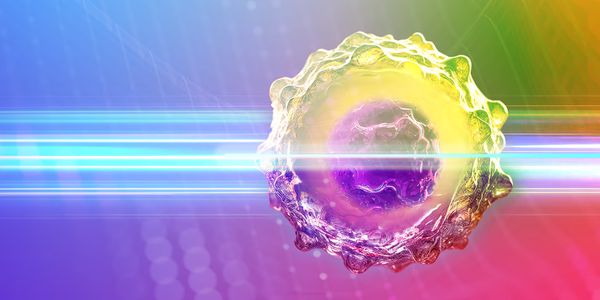Innovative Neurotechnologies: High-Resolution Recording and Non-Invasive Perturbation Tools for the Human Brain
-
György Buzsáki, PhD
Biggs Professor of Neuroscience, NYU School of MedicineBIOGRAPHY
Localizing and identifying neuronal patterns that generate pathological brain signals may assist with tissue resection and intervention strategies in patients with neurological and psychiatric diseases. Precise localization requires high spatiotemporal recording from populations of neurons while minimizing invasiveness and adverse events. We are developing a large-scale, high-density, organic material–based, conformable neural interface device (“NeuroGrid”) capable of simultaneously recording local field potentials (LFPs) and action potentials from the cortical surface. Following work on experimental animals, we have demonstrated the feasibility and safety of intraoperative recording with NeuroGrids in anesthetized and awake subjects. Highly localized and propagating physiological and pathological LFP patterns were recorded, and correlated neural firing provided evidence about their local generation. Application of NeuroGrids to brain disorders, such as epilepsy, may improve diagnostic precision and therapeutic outcomes while reducing complications associated with invasive electrodes conventionally used to acquire high-resolution and spiking data.
Noninvasive brain stimulation techniques are used in experimental and clinical fields for their potential effects on brain network dynamics and behavior. Transcranial electrical stimulation (TES) has gained popularity because of its convenience and potential as a chronic therapy. However, a mechanistic understanding of TES has lagged behind its widespread adoption. We demonstrate that in rodents and human cadaver brains, ~75% of scalp-applied currents are attenuated by soft tissue and skull. Using intracellular and extracellular recordings in rats, we find that at least 1 mV/mm voltage gradient is necessary to affect neuronal spiking and subthreshold currents. We designed an ‘intersectional short pulse’ (ISP) stimulation method to inject sufficiently high current intensities into the brain, while keeping the charge density and sensation on the scalp surface relatively low. We verify the regional specificity of this novel method in rodents; in humans, we demonstrate how it affects the amplitude of simultaneously recorded EEG alpha waves. Our combined results establish that neuronal circuits are instantaneously affected by intensity currents that are higher than those used in conventional protocols. We propose that validated models of current flow should inform study design and potential indirect effects (e.g., peripheral stimulation) should be investigated in more detail and further explored in experimental designs.
Innovative Neurotechnologies: High-Resolution Recording and Non-Invasive Perturbation Tools for the Human Brain
Please update your information
Certificate of Participation
DOWNLOAD CERTIFICATE






